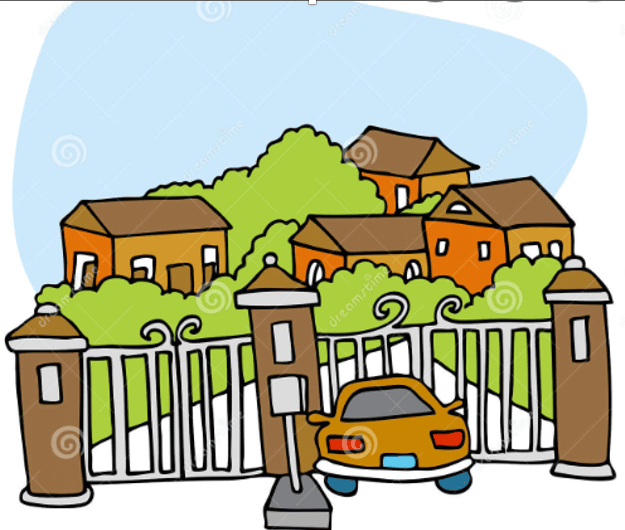What is Affordable Housing? Who Needs It?
There is no single authoritative definition of the term “affordable housing.” Often, practitioners focus on how the term is defined by a specific government program. For example, a program may target assistance to households earning 50 percent or less of the area median income (AMI) and define affordable housing as housing that costs no more than 30 percent of the income of a qualifying household. Other people might think of affordable housing as synonymous with the housing delivered by a specific government program, like public housing or the Section 8 Housing Choice Voucher program.
Definitions like the first one above can be useful for program administration, and we’ll review different types of affordable housing programs later in this section. But for now, we recommend taking a step back and asking who really needs affordable housing and what it means at a more conceptual level.
To facilitate local conversations about the meaning of affordable housing, the Local Housing Solutions team created this short explainer video. As you’ll see, we emphasize that everyone needs housing they can afford, so affordable housing is not a concern only for a particular income group. Click on the “Next” button to watch the video and see how we recommend approaching the task of defining affordable housing.
Watch the video and see how we recommend approaching defining affordable housing.
Here are some of the key messages we hope you take away from this video:
- Everyone needs housing they can afford, so affordable housing should be a concern for everyone.
- A well-functioning housing market produces housing at a range of price points so that families of all incomes can find housing they can afford. While many families are well served by the housing produced by the private market, in most regions, the market is unable to supply a sufficient/adequate amount of affordable housing. Government intervention is needed to help increase the availability of housing at price levels the market cannot; these levels vary from place to place.
- Housing is affordable when a family can pay for their housing costs and still have enough money left over to pay for basic necessities, such as food, transportation, and healthcare.
In their housing subsidy programs and research reports, the federal government generally defines housing as affordable when it consumes no more than 30 percent of a household’s income. This is a useful definition for program design. But it’s important to remember that households with the lowest incomes may struggle to afford even 30 percent of their income for housing, given other necessities, and households at the highest income levels may be able to comfortably afford to pay more than 30 percent of their income for housing.
How big of an issue is unaffordable housing? Nationwide, 1 in 7 households are severely cost-burdened. That means that they spend more than half of their income on housing. Low-income households are impacted most by unaffordable housing costs, but moderate-income households in expensive cities can also experience excessive housing cost burdens. The National Housing Conference’s Paycheck to Paycheck database allows you to compare the wages of workers in your locality to the costs of buying or renting a home.
Is there an Invisible Gate in your Community?
